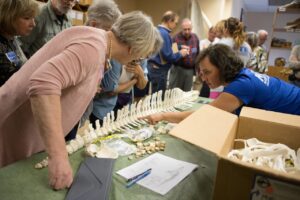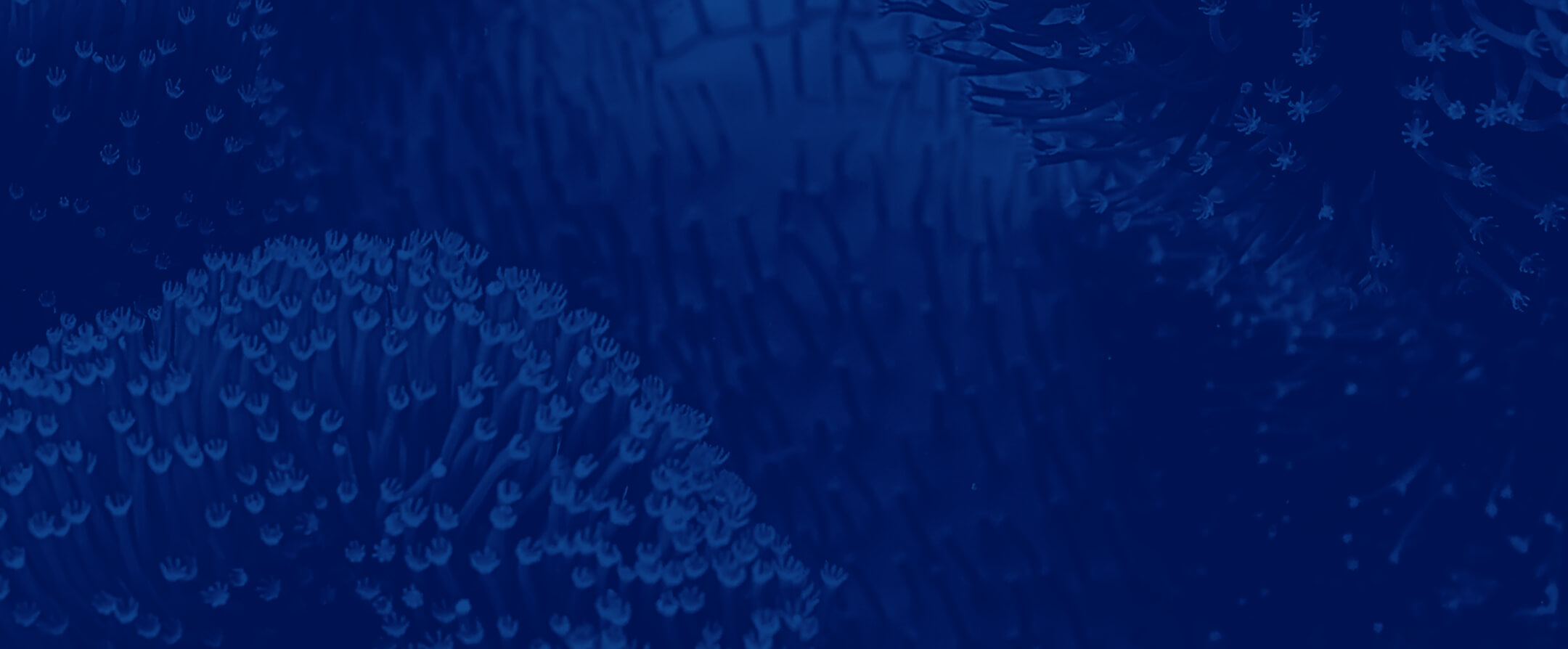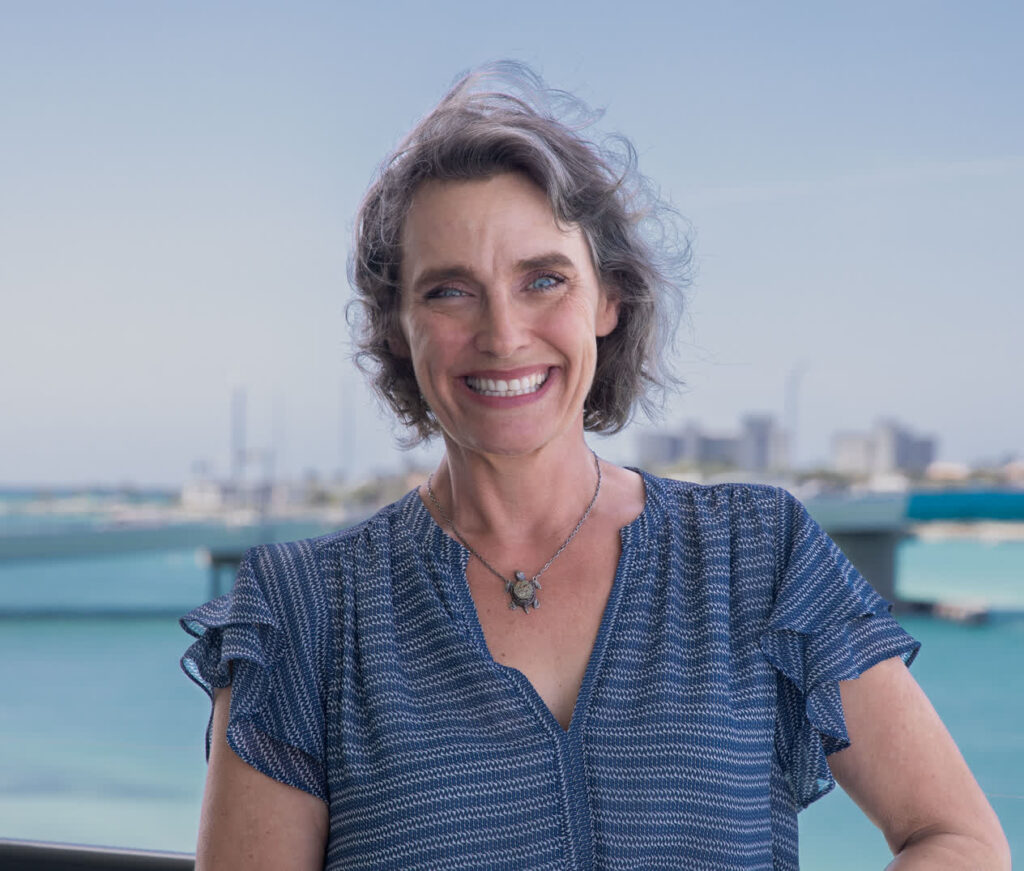Mote scientists study cetaceans — dolphins and whales — as part of a multi-pronged effort to understand their lives and deaths. Our studies include the work of:
- The Sarasota Dolphin Research Program — a partnership between the Chicago Zoological Society and Mote Marine Laboratory — which is the world’s longest-running study of a wild dolphin population. Program staff perform in-depth investigations into the lives of the 160 or so dolphins that call Sarasota Bay home. The Program began its work in 1970.
- The Stranding Investigations Program investigates why animals strand and how they die. Program staff performs in-depth necropsies and tissue analyses on carcasses collected from the wild to help uncover the reasons why animals perish.
- The Ruth DeLynn Cetacean Osteological Collection, which collects and catalogues the bones of the dolphins and whales so that scientists may utilitze them in additional study.

Collection Details
The Collection is named in honor of Ruth DeLynn (Oct. 16, 1926-July 8, 2014) a Mote Marine Laboratory volunteer who created and then curated the collection for nearly 30 years. The collection allows scientists to determine subtle differences between populations and abnormalities and pathologies among individuals. Key to the collection’s taxonomic value is the detailed documentation that accompanies each specimen.
The Committee on Systematic Collections of the American Society of Mammalogists calls the DeLynn collection “one of the most important and significant cetacean collections in the world” and a “a vital resource for monitoring the environmental health of the Sarasota area and our understanding of cetaceans… The collection of mammals at the Mote Marine Laboratory is the best organized and cared for any of us have ever seen. Data associated with the specimens, many of which have been monitored by [Sarasota Dolphin Research Program Director] Dr. Randy Wells, render the skeletons archived at Mote as some of the most important and significant cetacean specimens in the world. Curator Ruth DeLynn has accomplished a Herculean task in her collection, preparation and organization of this collection. The meticulous detail that is afforded each specimen from the preparation to installation is remarkable.”
Now, the collection is being digitized to ensure that future generations can study and engage with it.
The Collection:
- Is accredited by the Society of Marine Mammalogy
- Holds approximately 650 individual specimens of 17 cetacean species.
The majority (~550) are bottlenose dolphins (Tursiops truncatus). Of these, 68 are from the local Sarasota Bay resident population studied by the Sarasota Dolphin Research Program since 1970. Associated data on life history, health, habitat use, environmental contaminant concentrations and behavior are available for many of these Sarasota Bay resident dolphins, through the Sarasota Dolphin Research Program. - Includes other species: Delphinis delphis, Feresa attenuata, Globicephala macrorhynchus, Grampus griseus, Kogia breviceps, Kogia sima, Lagenodelphis hosei, Mesoplodon europaeus, Mesoplodon densirostris, Peponocephala electra, Stenella attenuata, Stenella coeruleoalba, Stenella frontalis, Stenella clymene, Stenella longirostris, Steno bredanensis and Ziphius cavirostris.
- Is available to qualified users. To gain access, please contact Stranding Investigations Program Manager Gretchen Lovewell at glovewell@mote.org.





